Introduction to Rheumatoid Factor and Rheumatoid Arthritis
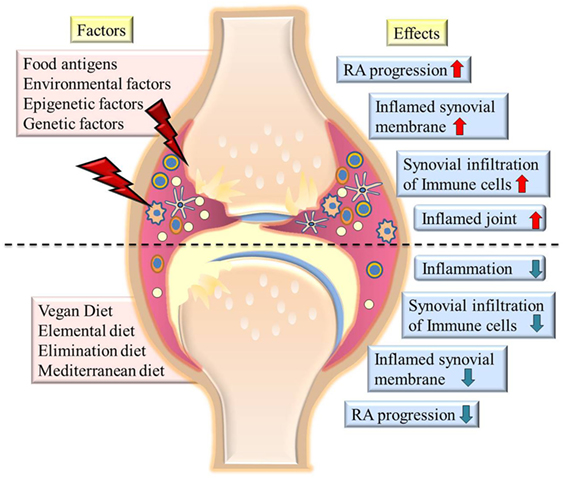
Rheumatoid arthritis is a chronic inflammatory disease that primarily affects the joints, causing pain, swelling, and stiffness. It occurs when the immune system mistakenly attacks the body's own tissues, leading to joint damage and disability over time. Rheumatoid factor (RF) is an autoantibody found in the blood of some people with rheumatoid arthritis. It is produced by the immune system and plays a significant role in the development and progression of this condition. Understanding the link between rheumatoid factor and rheumatoid arthritis is crucial for diagnosis, treatment, and monitoring of the disease.
What is Rheumatoid Factor?
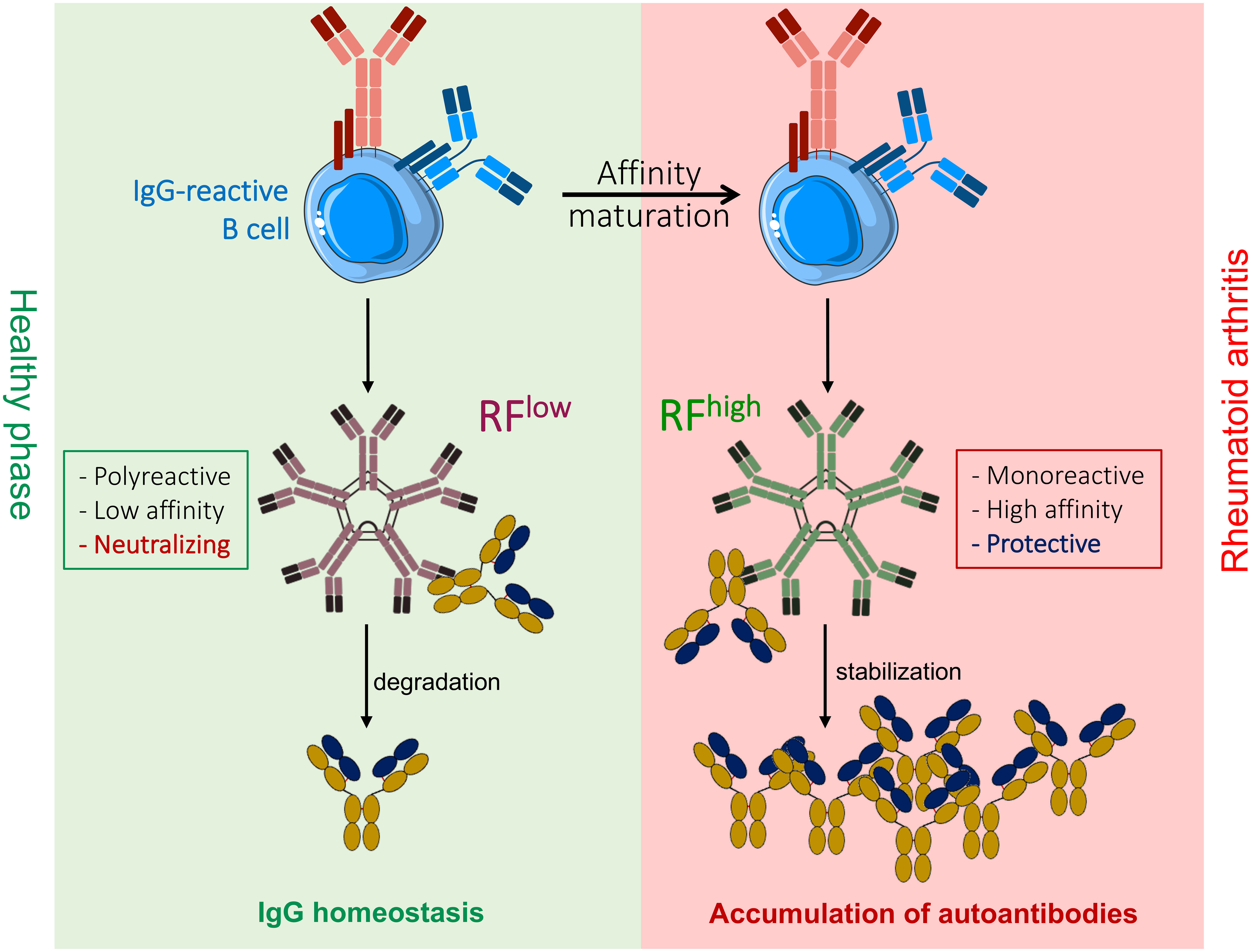
Rheumatoid factor (RF) is an autoantibody produced by the immune system. It is primarily associated with rheumatoid arthritis (RA), although it can also be found in other autoimmune diseases, such as Sjogren's syndrome and systemic lupus erythematosus. RF targets a specific region of immunoglobulin G (IgG) antibodies, leading to the formation of immune complexes that contribute to inflammation and joint damage. RF levels in the blood can be measured through various tests and are used as a diagnostic marker for RA. High levels of RF are often indicative of autoimmune activity and inflammation in the body.
What is Rheumatoid Arthritis?
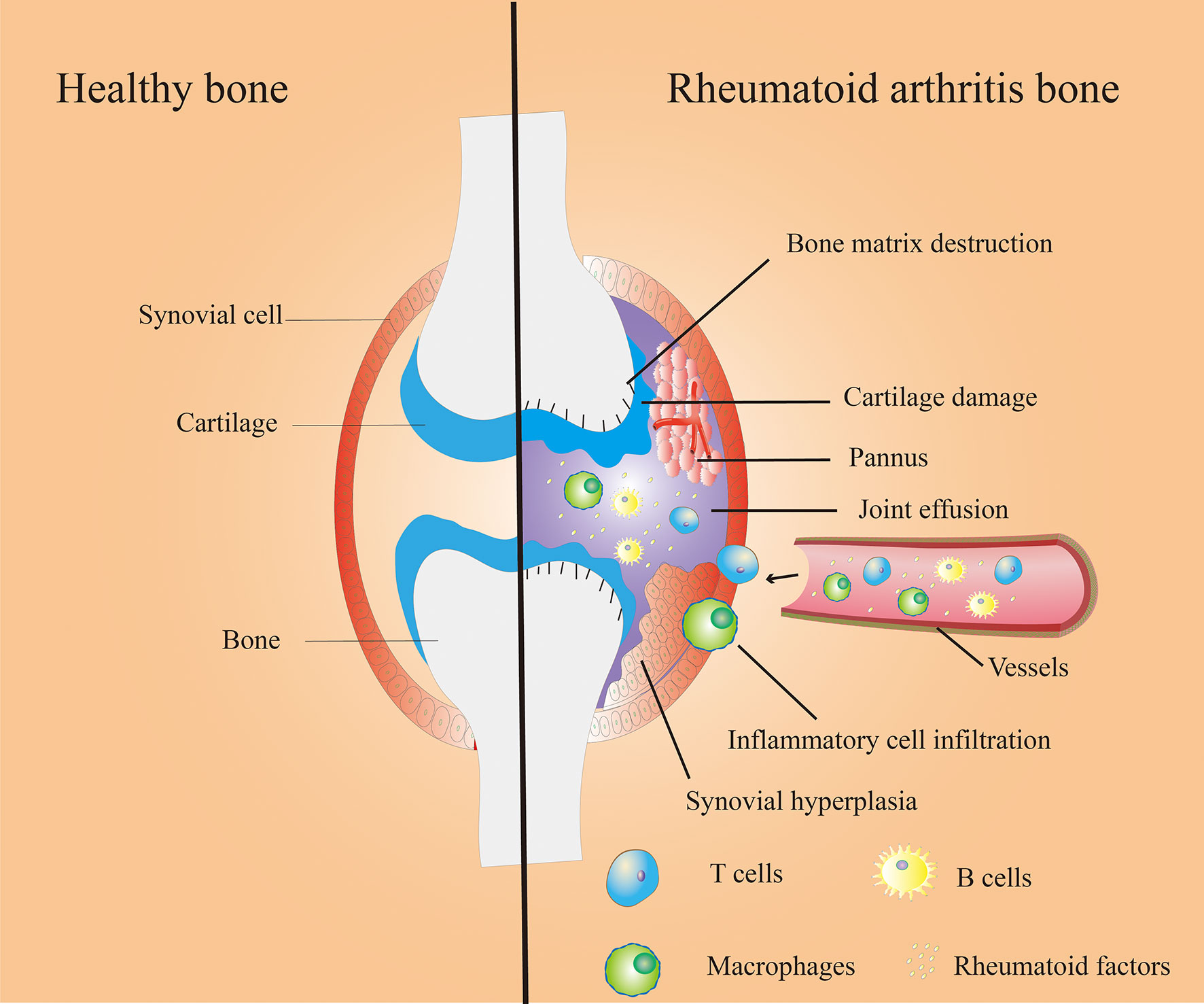
Rheumatoid Arthritis is a chronic inflammatory disease that primarily affects the joints. It is an autoimmune disorder, meaning that the body's immune system mistakenly attacks its own tissues, leading to inflammation in the joints. This inflammation can cause pain, stiffness, and swelling in the affected joints. Over time, Rheumatoid Arthritis can also lead to joint deformity and damage. It commonly affects the hands, feet, wrists, and knees but can affect any joint in the body. Rheumatoid Arthritis is a progressive disease that requires ongoing management and treatment to control symptoms and prevent further joint damage.
How Rheumatoid Factor is Linked to Rheumatoid Arthritis

Rheumatoid factor plays a significant role in the development and progression of rheumatoid arthritis. This is because rheumatoid factor is an autoantibody produced by the immune system that targets healthy tissues, leading to chronic inflammation in the joints. The presence of rheumatoid factor in the blood is often associated with the development and severity of rheumatoid arthritis. The immune complexes formed by rheumatoid factor can cause damage to the joints, resulting in pain, stiffness, and swelling. Therefore, testing for rheumatoid factor levels is an important tool in diagnosing and monitoring rheumatoid arthritis.
The Role of Rheumatoid Factor in Rheumatoid Arthritis Development

The role of rheumatoid factor in the development of rheumatoid arthritis is still not fully understood. Rheumatoid factor is an antibody that targets the body's own proteins, specifically immunoglobulin G (IgG). In rheumatoid arthritis, the immune system mistakenly attacks the lining of the joints, leading to inflammation and joint damage. Rheumatoid factor is thought to play a role in this process by promoting immune activation and inflammation within the joints. However, it is important to note that not all individuals with rheumatoid arthritis have elevated levels of rheumatoid factor, and not all individuals with elevated levels of rheumatoid factor develop rheumatoid arthritis.
Factors that Can Raise or Lower Rheumatoid Factor Levels
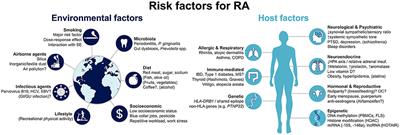
There are several factors that can affect the levels of rheumatoid factor in the blood. One factor is age, as older individuals tend to have higher levels of rheumatoid factor. Gender is another factor, with women generally having higher levels than men. In addition, certain infections and chronic inflammatory conditions, such as hepatitis C and lupus, can raise rheumatoid factor levels. On the other hand, medications like nonsteroidal anti-inflammatory drugs (NSAIDs) and disease-modifying antirheumatic drugs (DMARDs) can lower rheumatoid factor levels. It is important to consider these factors when interpreting rheumatoid factor test results.
Rheumatoid Factor Testing

Rheumatoid Factor testing is a diagnostic tool used to measure the levels of Rheumatoid Factor in the blood. Rheumatoid Factor is an autoantibody that is often present in individuals with Rheumatoid Arthritis. The test involves drawing a blood sample from the patient, which is then analyzed in a laboratory. There are different types of Rheumatoid Factor tests available, including the latex agglutination test and the nephelometry test. This testing can help healthcare professionals confirm a diagnosis of Rheumatoid Arthritis and monitor disease progression over time.
Types of Rheumatoid Factor Tests

There are several types of rheumatoid factor tests that can be performed to determine the presence and level of rheumatoid factor in the blood. The most common type of test is the latex agglutination test, which uses latex beads coated with antibodies that specifically bind to rheumatoid factor. Another commonly used test is the enzyme-linked immunosorbent assay (ELISA), which utilizes enzymes and antibodies to detect and measure the amount of rheumatoid factor present. Additionally, nephelometry and turbidimetry are other methods used to assess rheumatoid factor levels in the blood. These tests play a crucial role in aiding healthcare professionals in diagnosing and monitoring rheumatoid arthritis.
What to Expect During a Rheumatoid Factor Test

During a rheumatoid factor test, you can expect a simple and straightforward procedure. Typically, a healthcare professional will draw a blood sample from your vein, usually in your arm, using a needle. The process is similar to any other blood test. It may cause a slight pinch or prick sensation but is generally tolerable. The sample is then sent to a laboratory for analysis. The results are usually available within a few days. Overall, the rheumatoid factor test is a quick and minimally invasive procedure that helps in the diagnosis of rheumatoid arthritis.
Rheumatoid Factor Levels and Interpretation

Rheumatoid Factor (RF) levels can provide valuable information about the presence and severity of Rheumatoid Arthritis (RA). RF is an antibody produced by the immune system that targets healthy tissues, causing inflammation. In a blood test, RF levels are measured, and their interpretation can help diagnose and monitor RA. The normal range of RF varies, but high levels are often associated with RA. However, it is important to note that RF levels alone cannot definitively diagnose RA and should be considered alongside other clinical factors. Therefore, the interpretation of RF levels requires careful consideration by healthcare professionals.
Normal Range of Rheumatoid Factor in Blood

The normal range of rheumatoid factor in blood can vary depending on the laboratory and the specific test used. In general, a level below 14 international units per milliliter (IU/mL) is considered negative for rheumatoid factor, indicating a lower risk of rheumatoid arthritis. However, it's important to note that a negative result does not completely rule out the possibility of rheumatoid arthritis, as some individuals with the disease may not have elevated levels of rheumatoid factor. Additionally, a positive result does not necessarily mean that someone has rheumatoid arthritis, as elevated levels can also be present in other conditions or even in healthy individuals.
Interpretation of High Rheumatoid Factor Levels

When it comes to rheumatoid arthritis diagnosis, interpreting high rheumatoid factor levels is an important aspect. High levels of rheumatoid factor indicate the presence of an autoimmune response in the body. However, it is essential to remember that not all individuals with high rheumatoid factor levels will develop rheumatoid arthritis. In fact, around 20-30% of individuals without rheumatoid arthritis also have elevated rheumatoid factor levels. Therefore, additional tests and clinical evaluation are necessary to confirm the diagnosis and differentiate it from other conditions that may cause high levels of rheumatoid factor.
Importance of Rheumatoid Factor Testing for Rheumatoid Arthritis Diagnosis

Rheumatoid factor testing plays a crucial role in the diagnosis of rheumatoid arthritis. It is an important tool for healthcare professionals to identify and confirm the presence of rheumatoid disease in patients. By detecting the presence of rheumatoid factor antibodies in the blood, doctors can accurately diagnose rheumatoid arthritis and differentiate it from other types of arthritis. This is significant because early detection and intervention can help manage the symptoms and prevent further joint damage. Rheumatoid factor testing provides valuable information that guides healthcare professionals in determining appropriate treatment options for patients with rheumatoid arthritis.
The Role of Rheumatoid Factor Testing in Rheumatoid Arthritis Diagnosis
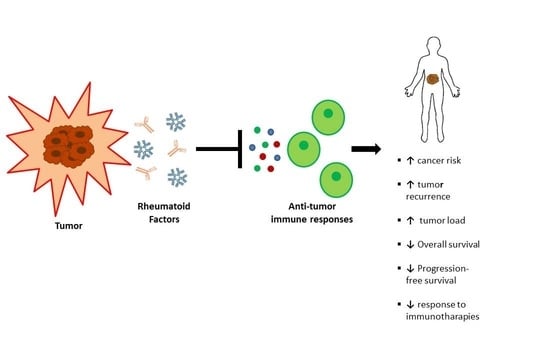
Rheumatoid factor testing plays a crucial role in the diagnosis of rheumatoid arthritis. This test detects the presence of rheumatoid factor antibodies in the blood, which are often elevated in individuals with rheumatoid arthritis. The results of this test, combined with other clinical examinations and imaging studies, help healthcare professionals confirm the diagnosis of rheumatoid arthritis. It is an important tool in differentiating rheumatoid arthritis from other conditions that may have similar symptoms. The presence of rheumatoid factor can also provide valuable information about the prognosis and potential complications associated with rheumatoid arthritis.
Limitations of Rheumatoid Factor Testing for Rheumatoid Arthritis Diagnosis

Although rheumatoid factor (RF) testing can be helpful in diagnosing rheumatoid arthritis (RA), it does have some limitations. RF can be present in other conditions besides RA, such as systemic lupus erythematosus and Sjögren's syndrome. Additionally, not all individuals with RA will test positive for RF, especially in the early stages of the disease. Therefore, using only RF testing may result in false negatives or misdiagnosis. It is important to consider other clinical and laboratory findings when interpreting RF test results for RA diagnosis.
Other Conditions That can Cause High Rheumatoid Factor Levels

There are several other conditions besides rheumatoid arthritis that can cause high levels of rheumatoid factor in the blood. One such condition is Sjögren's syndrome, an autoimmune disorder that affects the body's moisture-producing glands. Additionally, conditions like systemic lupus erythematosus (SLE), mixed connective tissue disease, and certain infections such as hepatitis C can also lead to elevated rheumatoid factor levels. It is important to consider these alternative diagnoses when interpreting results from rheumatoid factor tests, as they can mimic the symptoms of rheumatoid arthritis and complicate diagnosis.
Conditions That Can Cause High Rheumatoid Factor Levels
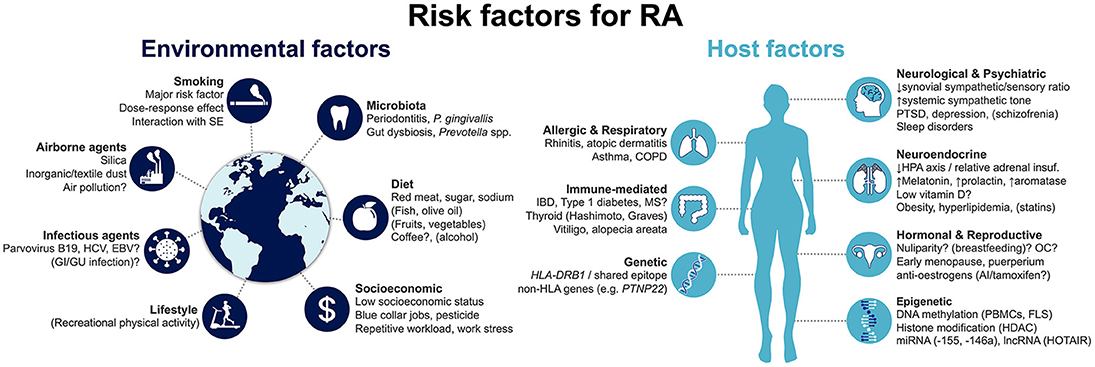
There are several conditions other than rheumatoid arthritis that can cause high levels of rheumatoid factor. These conditions include systemic lupus erythematosus (SLE), Sjögren's syndrome, mixed connective tissue disease, and certain viral infections such as hepatitis C. Additionally, some chronic infections like tuberculosis and endocarditis can also lead to elevated rheumatoid factor levels. It is important for healthcare professionals to consider these various conditions when interpreting rheumatoid factor test results, as a positive result does not always indicate the presence of rheumatoid arthritis. Accurate diagnosis is crucial for appropriate management and treatment planning.
Distinguishing Between Rheumatoid Arthritis and Other Conditions

Distinguishing between rheumatoid arthritis and other conditions can be challenging due to the overlapping symptoms they may present. However, certain characteristics can help differentiate rheumatoid arthritis from other diseases. Rheumatoid arthritis is characterized by joint inflammation that affects multiple joints symmetrically, particularly in the hands and feet. Additionally, rheumatoid arthritis often presents with morning stiffness that lasts for at least an hour. Laboratory tests, such as rheumatoid factor and anti-cyclic citrullinated peptide (CCP) antibody tests, can also aid in differentiating rheumatoid arthritis from other conditions.
Rheumatoid Factor and Disease Progression

Rheumatoid Factor (RF) levels have been found to be closely related to the progression and severity of Rheumatoid Arthritis (RA). High levels of RF in the bloodstream are often associated with more aggressive forms of the disease and a higher risk of joint damage. This is because RF is an autoantibody that plays a role in the inflammation process that characterizes RA. Monitoring RF levels over time can provide valuable information about the progression of the disease and help guide treatment decisions. By identifying patients at higher risk for disease progression, healthcare providers can intervene early and implement appropriate interventions to slow down the advancement of RA.
Association Between Rheumatoid Factor Levels and Disease Severity

Studies have shown a clear association between rheumatoid factor (RF) levels and the severity of rheumatoid arthritis (RA). Higher levels of RF in the blood have been found to be correlated with more severe symptoms, increased joint damage, and a higher risk of disability. This indicates that RF can serve as a useful marker for assessing disease progression and guiding treatment decisions in individuals with RA. Monitoring RF levels over time can help healthcare professionals determine the effectiveness of the treatment plan and make adjustments when necessary to manage inflammation and prevent further joint damage.
Monitoring Rheumatoid Factor Levels for Disease Progression

Monitoring the levels of Rheumatoid Factor (RF) can provide valuable insights into the progression of Rheumatoid Arthritis (RA). Regular monitoring of RF levels allows healthcare professionals to assess the severity and activity of the disease. An increase in RF levels over time may indicate worsening inflammation and joint damage, while a decrease in RF levels may suggest a positive response to treatment. By closely monitoring RF levels, healthcare providers can make informed decisions regarding the management and adjustment of RA treatment plans, thereby optimizing patient outcomes and reducing the risk of long-term complications.
Treatment Options for Rheumatoid Arthritis

Treatment options for rheumatoid arthritis aim to manage symptoms, reduce inflammation, prevent joint damage, and improve overall quality of life. Medications are commonly prescribed, such as nonsteroidal anti-inflammatory drugs (NSAIDs) to relieve pain and reduce swelling, disease-modifying antirheumatic drugs (DMARDs) to slow disease progression, and biologic response modifiers (biologics) to target specific components of the immune system. Physical therapy can help improve joint function and strengthen muscles, while occupational therapy focuses on daily activities. In severe cases, surgery may be necessary to repair or replace damaged joints. Additionally, lifestyle changes like exercise, maintaining a healthy weight, and reducing stress can also contribute to managing rheumatoid arthritis symptoms.
Medications and Therapies for Rheumatoid Arthritis

There are several medications and therapies available for the treatment of rheumatoid arthritis. The primary goal of these interventions is to reduce inflammation, relieve pain, and slow down the progression of the disease. Nonsteroidal anti-inflammatory drugs (NSAIDs) can be used to manage pain and inflammation. Disease-modifying antirheumatic drugs (DMARDs) are commonly prescribed to slow down joint damage and control symptoms. Biologic response modifiers, such as tumor necrosis factor inhibitors, target specific molecules involved in inflammation. Physical and occupational therapy can also help improve joint function and mobility. In some cases, surgery may be necessary to repair or replace severely damaged joints.
Lifestyle Changes and Self-Care for Rheumatoid Arthritis

Lifestyle changes and self-care play a crucial role in managing rheumatoid arthritis and reducing its impact on daily life. Individuals with rheumatoid arthritis are encouraged to adopt healthy habits that promote overall well-being. This may include regular exercise, maintaining a balanced diet, getting enough rest and sleep, managing stress levels, and avoiding smoking or excessive alcohol consumption. Additionally, using assistive devices to ease joint strain, practicing good posture and ergonomics, and pacing oneself throughout the day can also help minimize pain and discomfort associated with rheumatoid arthritis. By making these adjustments to their lifestyle, individuals can better manage the symptoms of rheumatoid arthritis and improve their quality of life.
Conclusion

In conclusion, Rheumatoid Factor (RF) is a protein that is often found in the blood of individuals with Rheumatoid Arthritis (RA). Its presence is an important marker for the development and progression of this chronic inflammatory disease. Rheumatoid Factor testing plays a crucial role in the diagnosis and monitoring of RA, as it can help differentiate it from other conditions that may also have elevated RF levels. While there are limitations to RF testing, it remains an important tool in managing the treatment and prognosis of individuals with RA. Further research is needed to explore new avenues for understanding and utilizing RF in the context of Rheumatoid Arthritis.
The Link Between Rheumatoid Factor and Rheumatoid Arthritis

Rheumatoid arthritis is a chronic inflammatory disease that primarily affects the joints. It involves an abnormal immune response in which the body's own immune system mistakenly attacks healthy tissues, leading to joint inflammation and damage. Rheumatoid factor (RF) is an antibody that is present in the blood of around 70-80% of individuals with rheumatoid arthritis. The presence of RF is strongly associated with the development and progression of rheumatoid arthritis. Therefore, testing for RF levels can be useful in diagnosing and monitoring the disease.
Future Directions for Rheumatoid Factor Research.

Future Directions for Rheumatoid Factor Research involve further exploration and understanding of the role of rheumatoid factor in the development and progression of Rheumatoid Arthritis. Researchers are focused on identifying more specific markers and biomarkers that can accurately diagnose and monitor the disease. They are also investigating novel therapies targeting rheumatoid factor to alleviate symptoms and reduce inflammation in affected individuals. Additionally, there is ongoing research in developing more advanced diagnostic tests for rheumatoid factor that can improve the accuracy and early detection of Rheumatoid Arthritis.

.jpg)